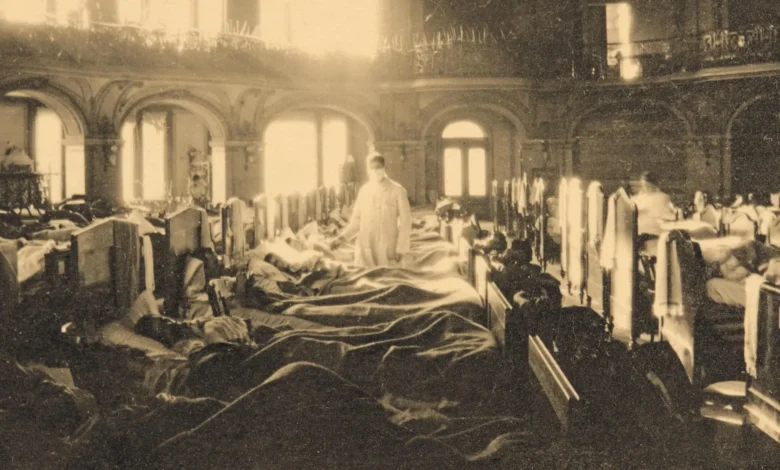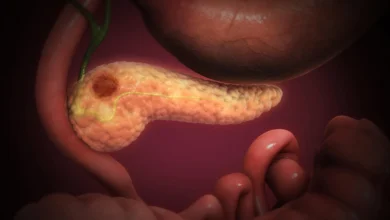Scientists just resurrected the 1918 “Spanish Flu” virus—here’s what they found

Researchers from the colleges of Basel and Zurich used a historic pattern of the UZH Medical Group to decipher the virus’s denims, which is accountable for influenza, 1918-1920 in Switzerland. The genetic materials of the virus reveals that it has already developed a serious variations to human beings firstly of what has change into probably the most influenza in historical past.
New viral epidemics represent a serious problem to public well being and society. Understanding how viruses and studying from earlier epidemics are extra necessary to develop focused anti -measures. The so-called Spanish influenza within the interval 1918-1920 was one of the vital harmful epidemics in historical past, with between 20 to 100 million individuals around the globe. Nonetheless, to date, a lot about how the influenza virus mutates and tailored to the epidemic.
Serial of greater than 100 influenza virus is 100
A global analysis workforce led by Verina Seonman, a genetics knowledgeable and professor of archaeological science at Basel College (previously on the College of Zurich), rebuilt the primary Swiss genome of the influenza virus accountable for the 1918-1920 pandemic. For his or her research, researchers used a virus of greater than 100 years previous taken from a moist pattern pattern put in within the formalin within the medical group of the Uzh Evolutionary Drugs Institute. The virus got here from a 18 -year -old affected person from Zurich who died throughout the first wave of the epidemic in Switzerland and underwent an post-mortem in July 1918.
Three main changes to the Swiss virus genome
“That is the primary time that we will attain the flu genome from the 1918-1920 in Switzerland. It opens new visions within the dynamics of how the virus is tailored to Europe firstly of the epidemic,” says one other creator of Verna Seonman. By evaluating the Swiss genome with the few influenza virus genomics revealed from Germany and North America, the researchers managed to point out that the Swiss dynasty had already carried three essential modifications to people that will proceed within the virus residents till the tip of the epidemic.
Two of those virus mutations have made extra immune to an antiviral element within the human immune system – an necessary barrier towards the transmission of influenza viruses from animals from animals to people. The third mutation is expounded to a protein within the virus membrane, which improved its capacity to affiliate with receptors in human cells, making the virus extra versatile and extra contagious.
The brand new genome sequence technique
In contrast to glandular viruses, which trigger widespread colds and encompass steady DNA, influenza viruses carry their genetic data within the type of RNA, which degrade a lot sooner. “The previous RNA just isn’t solely preserved over lengthy intervals of time beneath very particular circumstances. Because of this we now have developed a brand new means to enhance our capacity to revive the previous RNA fragments of those samples,” says Christian City, the primary creator of the research of Uzh. This new technique of rebuilding extra genes can now be used as historical RNA and allows researchers to confirm the well being of RNA fragments.
Insecure archives
For his or her research, the researchers labored alongside the Uzh Medical Group and the Berlin Museum for Medical Historical past of the College of Charité Hospital. “Medical teams are a useful archive to rebuild the previous RNA. Nonetheless, the capabilities of those samples are nonetheless not exploited,” says Frank Rohli, co -author of the research and head of the Evolutionary Drugs Institute at UZH.
The researchers imagine that the outcomes of their research will show particularly relating to treating future epidemics. “The perfect understanding of the dynamics of how viruses adapt to people throughout the epidemic for an extended time frame allows us to develop fashions for future epidemics,” says Verina Shoman. “Due to our multidisciplinary method that mixes historic and historic transmission patterns, we will create an Proof based mostly on accounts,” provides Kaspar Staub, a co -author of UZH. This may require extra virus on rebuilding viruses in addition to in -depth analyzes that embrace longer intervals.
2025-07-24 16:13:00





